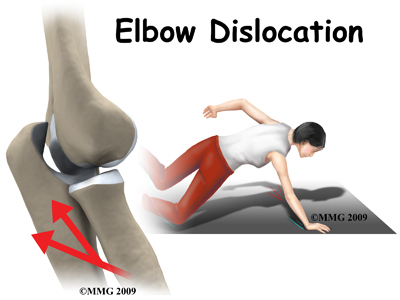
Elbow Dislocation
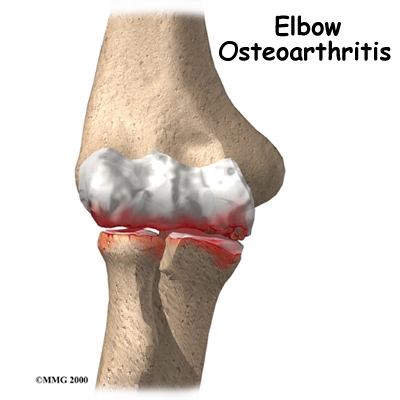
Osteoarthritis of the Elbow Patient Guide
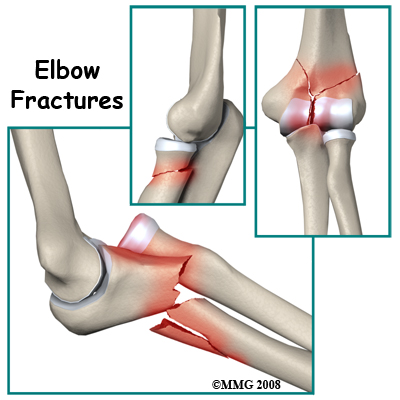
Adult Elbow Fractures
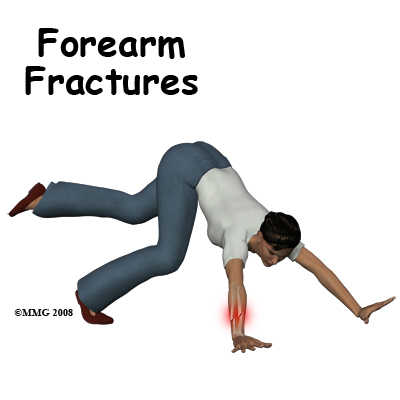
Adult Forearm Fractures

Adolescent Osteochondritis Dissecans of the Elbow
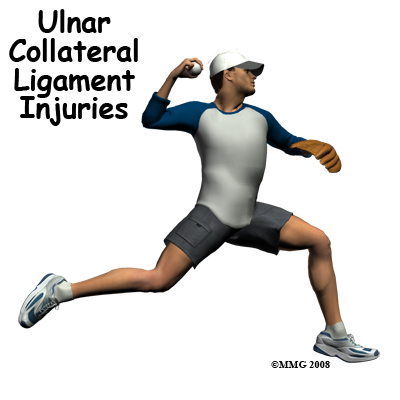
Ulnar Collateral Ligament Injuries
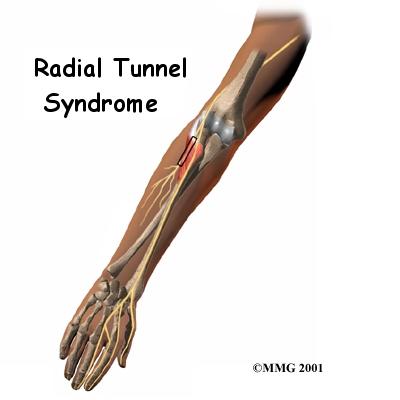
Radial Tunnel Syndrome
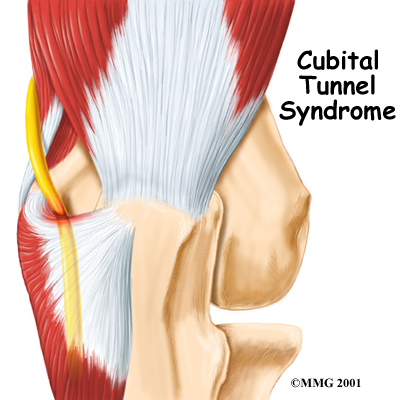
Cubital Tunnel Syndrome
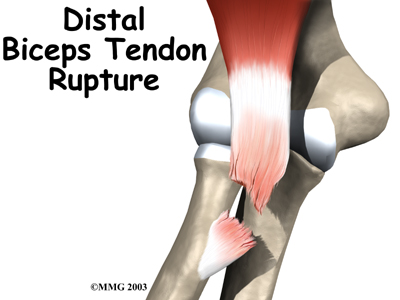
Distal Biceps Rupture
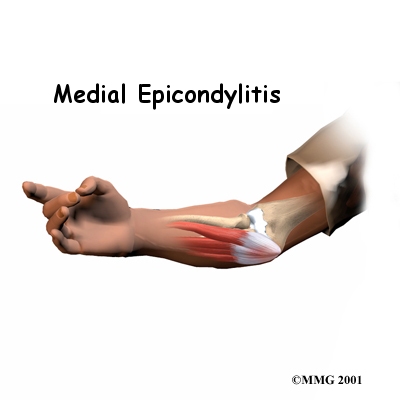
Golfers Elbow (Medial Epicondylitis)
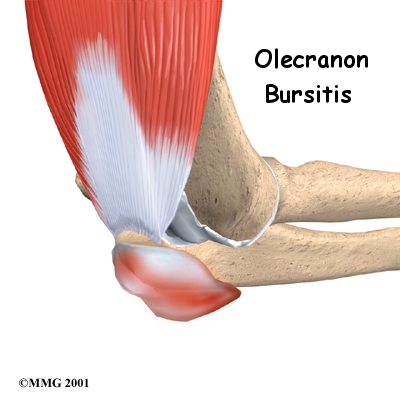
Olecranon Bursitis
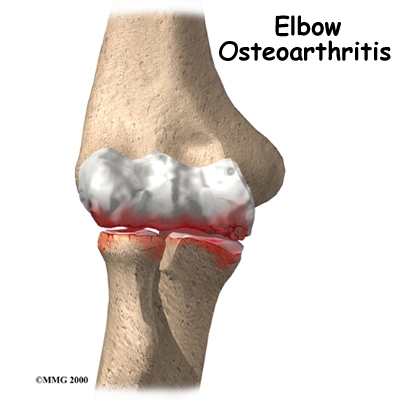
Osteoarthritis of the Elbow
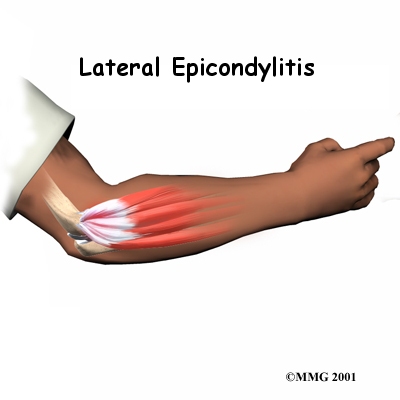
 Get Immediate Access To Your Special Report And Top Tips From Our PTs!
Get Immediate Access To Your Special Report And Top Tips From Our PTs!


